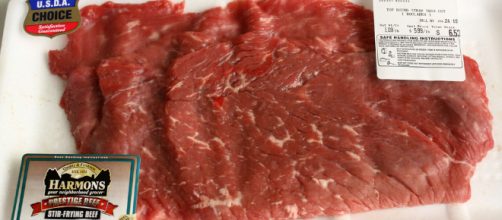According to the Center for Disease Control, one in six Americans get sick from contaminated foods through foodborne illnesses. They also report that 3,000 adults and children die from those illnesses. While these foods are often contaminated, there are ways of properly handling them and enjoying them.
Poultry
Chicken and turkey have been two of the main culprits of contamination, leading to people getting sick. The best way to protect yourself and avoid cross-contamination is by keeping chicken and turkey separate in sealed containers. Use two cutting boards for poultry and vegetables.
Most importantly, don’t transfer cooked meat in the same dish you used to carry it out to the grill or oven.
Beef
Ground beef can often be contaminated with strands of E. coli. That is why, when making burgers or meatloaf, always use an instant-read thermometer. You should always be cooking meat to 160 degrees Fahrenheit. Checking the color of your meat is not always reliable. 145 degrees is safe.
Eggs
Eggs are one of the main culprits of food poisoning from Salmonella. It’s very important that you store eggs on a shelf instead of the door as soon as you get home from shopping. Always cook eggs until the yolks are firm. When it comes to eggs, there are many ways to cook eggs, so remember that if they are not fully cooked, you could get sick.
This is why restaurants warn you about undercooked eggs.
Pork
Safe cooking for pork has changed over the years. Pork should be cooked until the internal temperature reaches 145 degrees Fahrenheit or greater. Before cutting, you will need to allow the meat to rest for three to four minutes. Ground pork needs to reach an internal temperature of 160 degrees Fahrenheit.
Fish
Fish has the same rules for defrosting as meat. You need to keep it in a bag or container in the fridge. You can also drop the fish in cold water, but you also must change the water every half-hour. Never thaw the fish on the counter, your home temperatures can make the bacteria multiply.
If you follow proper food handling guidelines, you will be able to avoid eating contaminated food and avoid getting sick from foodborne illnesses.
Along with these five different foods that are often contaminated, there are a variety of other foods that can get you sick as well. Always remember to check the temperature of your food and not rely on color. Those in the industry continue to work to find ways to eliminate possible contamination.


